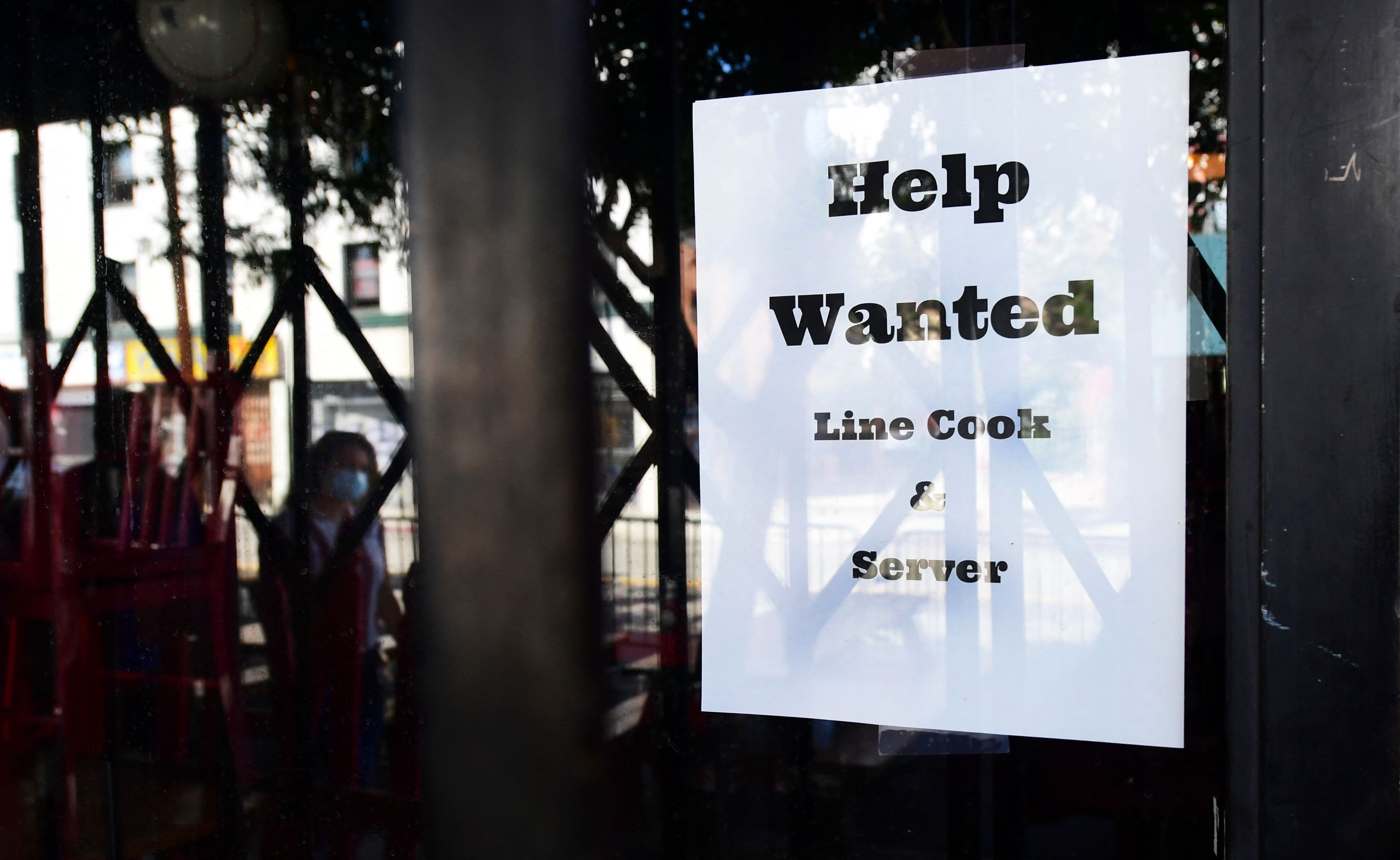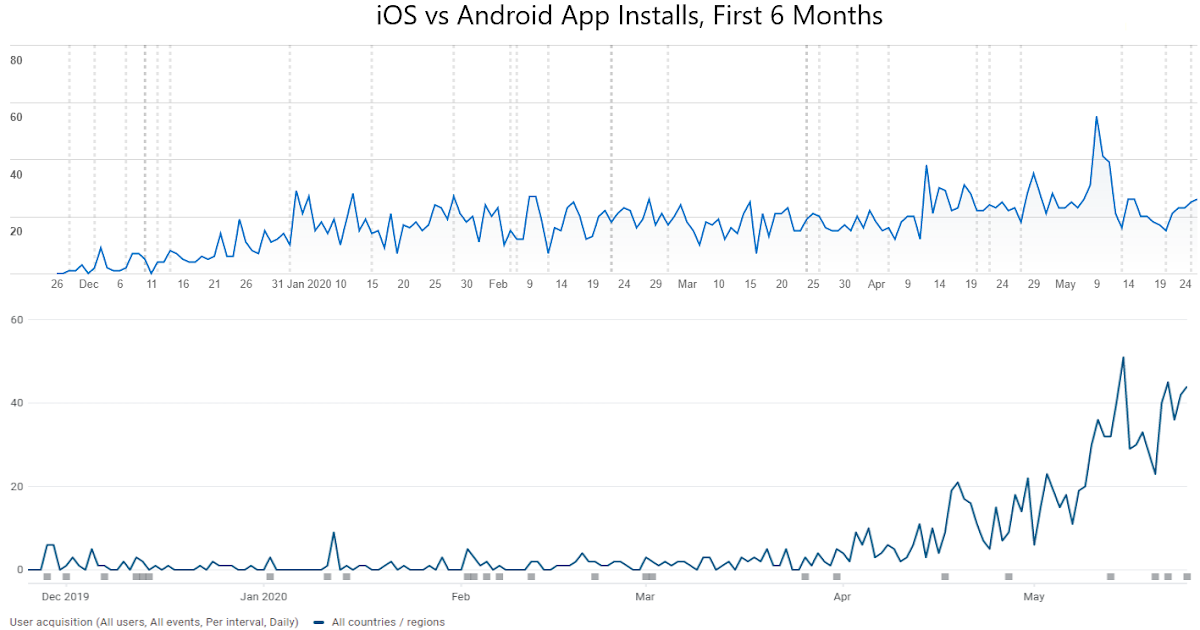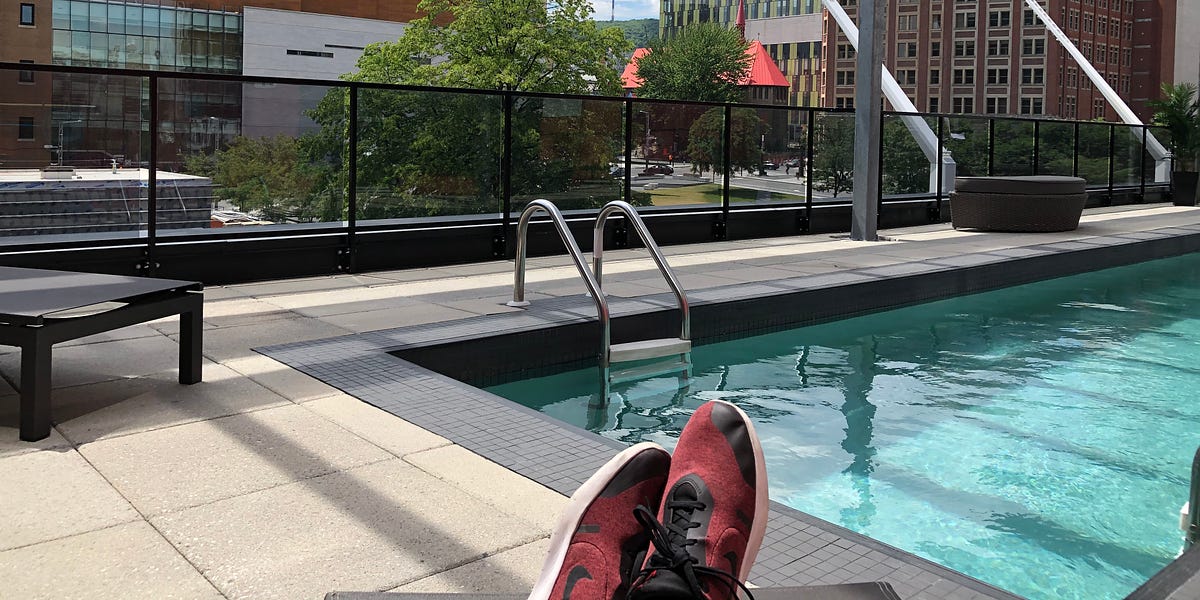
5 Reasons Why We Work in 6-Week Cycles
During the summer after I graduated from college a sinking feeling began to creep up on me. While I'd readily said "goodbye" to school for good, now I was looking at a seemingly-endless expanse of time ahead of me with no new semesters, long breaks, advancements or graduations to look forward to... just work and whatever I made of it. I like work and making my own path through it, but something about this horizon of unstructured sameness unsettled me enough that I got very close to signing up for more school.
Over the following decade, I got used to the never-ending stretch of time, and we began to build Pathwright as a never-ending series of projects. (Software is never "done".) We'd start and finish projects and then pick up the next. We hit (and missed) plenty of launch dates in no particular rhythm. We tried out many project management tools and methods from kanban boards to project management software to sticky notes and saw marginal improvements.
In other words, we worked pretty much the same way as every other company. But no matter how hard we tried, we couldn't get away from the feeling that we were running on a treadmill that we couldn't switch off or slow down. As the product and team grew and projects stacked up, we ran into frequent periods of intense work and subsequent burnout. After a particularly rough stretch of time leading up to launching Pathwright 2, we knew we had to get off the treadmill. That's when we stumbled across this article about how Basecamp works in six week cycles. We've learned a lot from Basecamp over the years and had nothing to lose by giving this method a try in the new year of 2017.
Leave a Comment
Related Posts



















